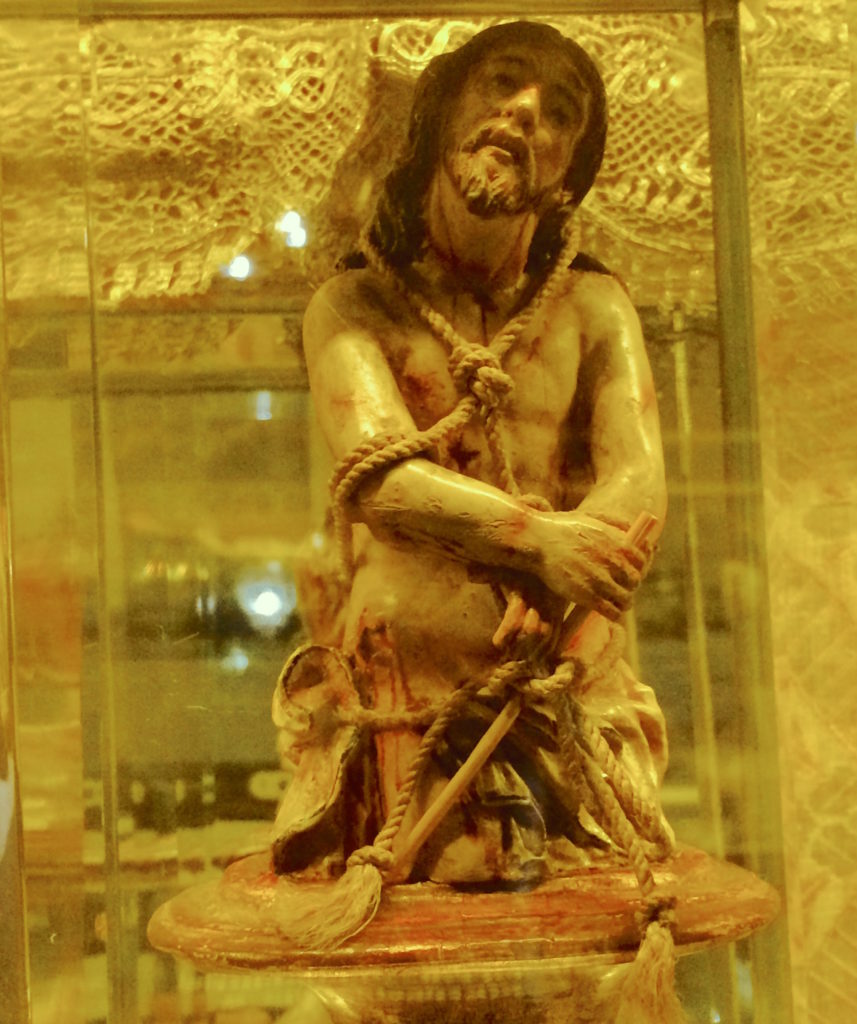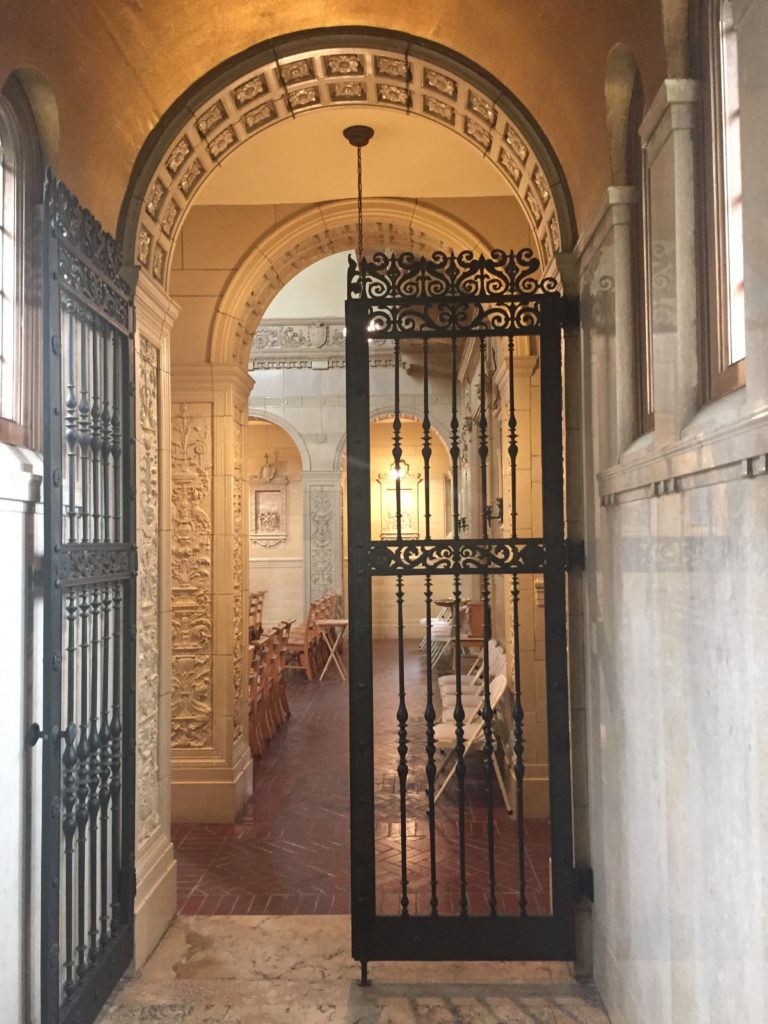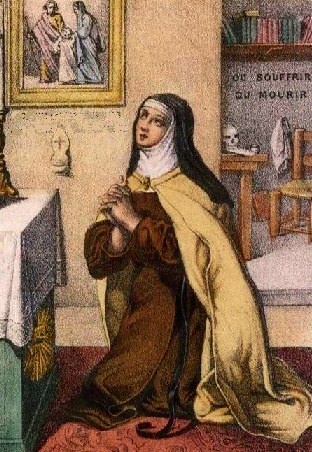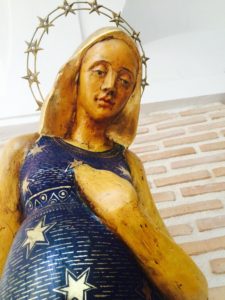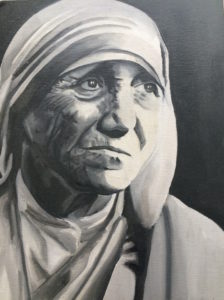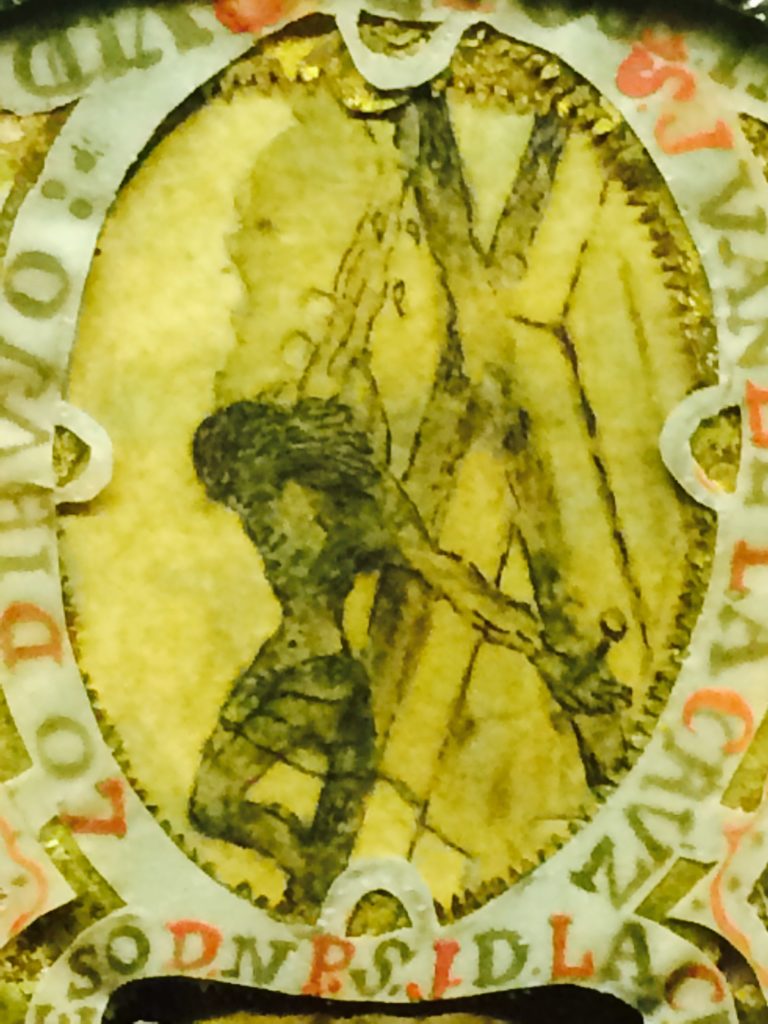
Our Holy Father, Pope Francis, tells us that “we shall cross the threshold of the Holy Door, in this year of Mercy, fully confident that the strength of the Risen Lord, who constantly supports us on our pilgrim way, will sustain us.” He further states, “Mercy is the force that reawakens us to new life and instills in us the courage to look to the future with hope.”
Those words resonate with me as I remember the loss of my stillborn son, as if it were just yesterday. An overwhelmingly unexpected sense of courage and love came upon me, when I was told that my baby’s heart was not beating anymore. Just a week earlier, Father Donald Kinney, our then spiritual assistant, shared that after he said Mass, he had received news that his baby niece in Columbia had passed away at the moment of Consecration. This knowledge would also prepare me for the following week, at the hospital, when I would feel nothing but emptiness at having to deliver a dead baby; while next door, there would be beautiful sounds of crying newborns. The knowledge and experience of the Risen Lord, in the face of the reality of this loss, gave me hope and faith that by the grace of Almighty God, I will one day see my son in Heaven.
Praying is the key for St. Teresa. She writes, “I recount also that one may understand that if the soul perseveres in prayer, in the midst of sin, temptation, and failures of a thousand kinds that the devil places in his path, in the end, I hold it certain that the Lord will draw it forth to the harbor of salvation as now it seems He did for me.” Teresa’s conversion was one from pride to humility because she says, “Finally I came to no longer put trust in myself but all my trust on the Lord.”
In the book of her Life, Teresa is eager to talk about her weaknesses and her sinfulness in what may seem to us as extreme terms. But she is setting up a contrast between herself and God. She portrays herself in darkness in order to show the light of God’s mercy, and shows how God’s mercy came face to face with her misery. Teresa experienced the merciful patience of God.
Looking back on her life afterwards, she sees how even at the Augustinian School, and I quote, “The Lord was thinking of all the different ways He could best draw me back to Himself.” In her struggle, Teresa saw that throughout her life, God was reaching out His hand to her and although she recognized it, she did continued to refuse His love.
Prayer, meditation, and performing works of mercy are essential to my daily life in which I am called to relate to God and remain faithful. However, the discipline of prayer is not easy. In my own experience, I can remember when my mom’s illness, and later my dad’s, required much of my help. Both were gravely ill for a period of months and I was called to take care of them. Traveling back and forth to Chicago caused my absences from several monthly meetings. Frequent trips to the hospital, daily care for my parents, and sleepless nights challenged my ability to pray and meditate daily.
Saint Teresa simplified prayer by explaining that it was nothing more than being a friend of Christ. The title of Jesus as friend is central to Teresa’s experience of Him and permeates all her writings and understanding of the Christian life. She writes, “A much greater love for and confidence in this Lord began to develop in me when I saw Him as one with whom I could converse so continually.” Teresa comes to see the real danger of abandoning prayer when she writes, “If through weakness and wickedness, people who practice prayer, should fall as I did, let them keep ever in mind the good they have lost and be suspicious and walk with the fear that if they don’t return to prayer, they will go from bad to worse.” She adds, “Whoever has not begun to practice prayer, I beg for the love of the Lord, not to go without so great a good.
-Our Holy Father writes, “Jesus’ command is directed to anyone willing to listen to his voice. In order to be capable of mercy, therefore, we must first dispose ourselves to listen to the Word of God. This means rediscovering the value of silence in order to meditate on the Word that comes to us. In this way, it will be possible to contemplate God’s Mercy and adopt it as our lifestyle.”
The daily life of prayer is where I find the Mercy of God strengthening my desire for Him and enriching my life with his love, despite my weaknesses. Today, I find it a joyful duty to participate with other members in our community prayer requests, where we can intercede for one another, the Church, and the world’s needs; and thereby, we support each other in our pursuit of a life of prayer. I also find comfort in knowing that our Blessed Mother is present when we pray for one another. She is our instrumental model and inspiration of a prayerful, meditative attitude and disposition.
During Teresa’s early years, the growth and transformation she experienced were the fruit of God’s merciful action in her life. Often, she turned her back on Him, preferring the ways of the world. How often have we been misled, in our own lives, from walking along the path of truth and, by the grace of God, discover the need for reconciliation with our Lord and with one another?
Teresa also stands as a staunch witness and teacher of the transforming power of a life of prayer as the means for a personal encounter with Jesus Christ, a loving relationship with the living Jesus that leads us to an ever deeper awareness of His presence within our hearts and in one another. She encourages us that, in the power of prayer, we can continue to hold and to lift people up to God and His Mercy – for His Mercy is triumphant.
Teresa stresses that reflection on the Humanity of Christ, who is as present to us as when he walked on this earth, is the measure and source of any authentic Christian commitment, service, and relationship with Him. His humanity reflects Christian humanity and his love for all people is the foundation for all charity.” For Teresa, the Cross means “love and service.” Her spirituality, which springs from an encounter with the Risen Lord Jesus, is truly apostolic as well as contemplative.
Our Holy Father tells us, “Mercy is the very foundation of the Church’s life.” Can we see in our own lives how much Christ suffered out of love for each one of us? Has this experience of His love for us moved our hearts so that we can also beg Him to never let us offend Him again? How can we work toward coming to know, love, and serve God in our lives and thereby commit to a personal holiness?
He calls us to experience His goodness when we dispose ourselves in the practice of prayer, making that room in our lives for Him. The Lord’s Mercy will help us to grow and adapt to Him, and reconcile us to the Father.
God speaks to St. Teresa’s soul. How does God speak to ours? What are the fruits that He has produced in each of us?
Finally, Teresa experienced a deepening life of prayer and the presence of our Lord in the Eucharist. How often do we think, “Well…I’ll start praying more when I feel better. I need to take care of this first. Or…I need to do better before I try to be a good friend of the Lord.” Teresa tells us not to wait – we should go to the Lord as we are!
If you’ve been practicing prayer for a while and you say, “I’m worse than I was when I first started to pray,” don’t let that discourage you! Whatever you’re doing, it’s important to persevere in it, even if it means that you may need to pray in a different way. Teresa wants us to understand that the Eucharist is the means that Jesus chose to remain with us- sustaining, healing, and loving us on our journey through life.
Teresa challenges us to ask ourselves, ‘Are we going to allow ourselves to be possessed by the Risen Christ? Are we going to give ourselves over to his liberating and transforming presence through prayer, the Eucharist, meditation on the Word of God, relationships with one another, and service to those in need?’
In this Jubilee Year of Mercy, may we the Church, imitate our Holy Mother, St. Teresa, in being an example and witness of how God’s Mercy comes face to face with our misery to give us growth and transformation, as the fruit of His merciful action in our lives, that we may thereby bring Mercy and Hope to the world. END
May the Lord bless us, protect us from all evil and bring us to everlasting life.
(SOURCE: Santa Clara OCDS Conference, 2016)
Copyright 2016, Mary L. Diaz. All Rights Reserved
‘arm yourselves with the armor of faith and the sword of truth. pray for the grace to forgive and to ask for forgiveness – and for the healing of wounded bodies and souls.’

